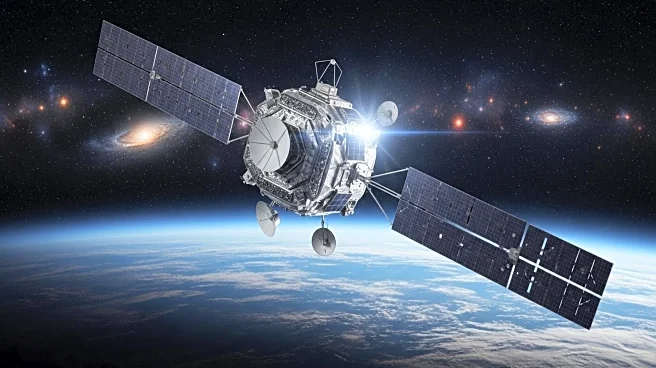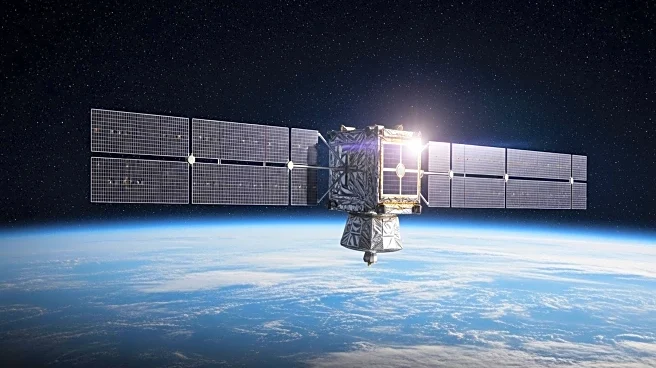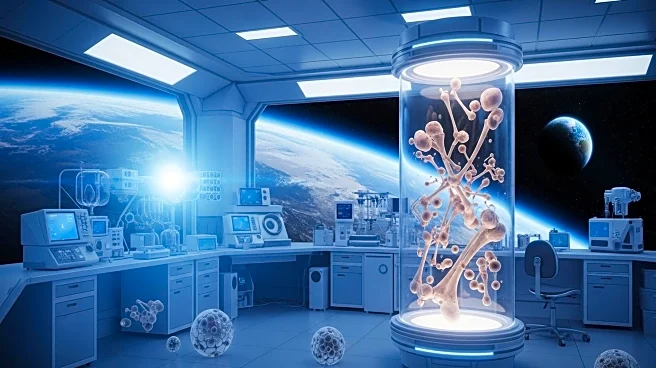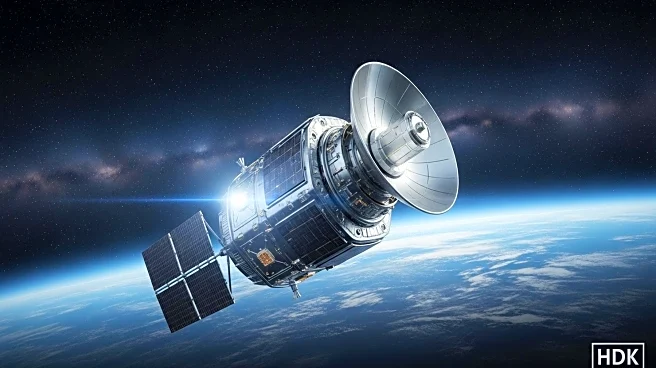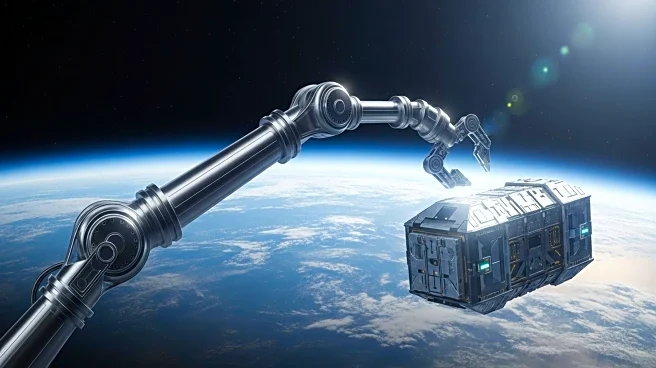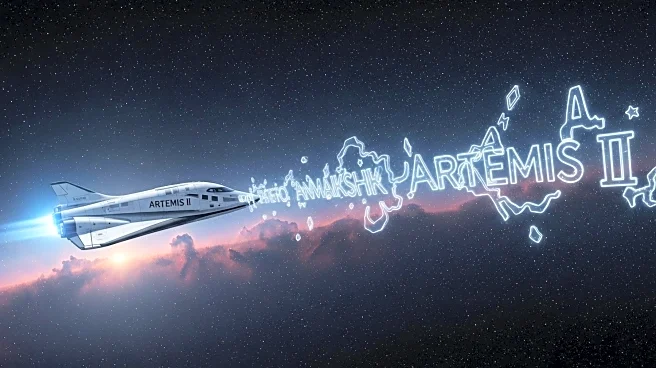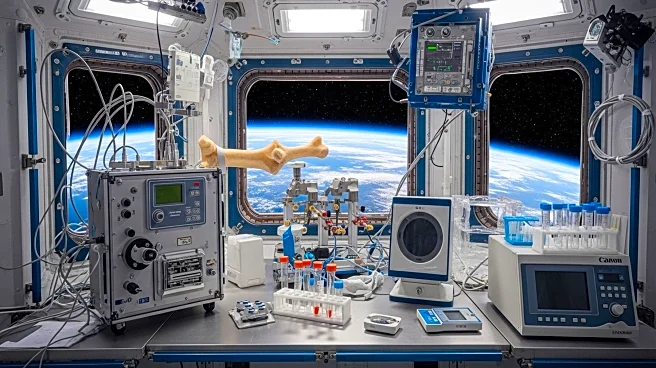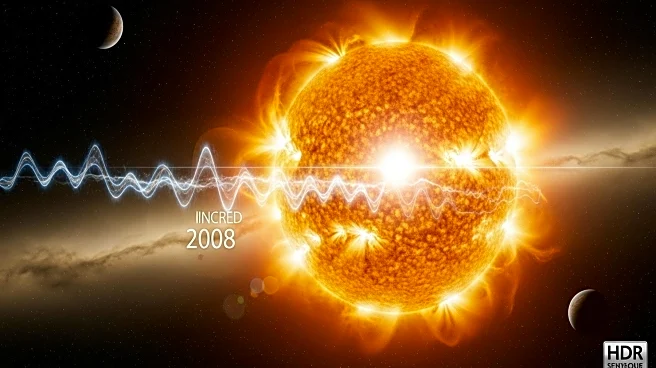What's Happening?
NASA is set to launch the Carruthers Geocorona Observatory from Kennedy Space Center to study Earth's exosphere, the outermost atmospheric layer. This mission aims to capture images of the exosphere's ultraviolet light 'halo' as it reacts to solar activity. Understanding the exosphere is crucial for predicting space weather conditions that could affect astronauts traveling to the Moon or Mars. The observatory, named after pioneering scientist George Carruthers, will provide continuous observations of the exosphere's dynamics, helping to forecast and mitigate space weather impacts.
Why It's Important?
The exosphere plays a critical role in space weather phenomena, which can pose risks to satellites, astronauts, and communication systems. By studying the exosphere's response to solar eruptions, NASA aims to improve predictions of space weather storms. This research is vital for ensuring the safety of future space missions, including the Artemis program. Additionally, understanding hydrogen escape from the exosphere could provide insights into planetary water retention, aiding the search for habitable exoplanets.
What's Next?
The Carruthers Geocorona Observatory will embark on a four-month journey to Lagrange point 1, where it will begin a two-year science phase. The mission will use ultraviolet cameras to map hydrogen atoms in the exosphere, offering new data on atmospheric escape processes. This research could inform future space exploration strategies and enhance our understanding of planetary atmospheres. As NASA continues to develop heliophysics missions, the observatory's findings may contribute to broader scientific knowledge about Earth's atmospheric interactions.

